Continuous Threat Exposure Management vs Traditional Threat Management: Key Differences
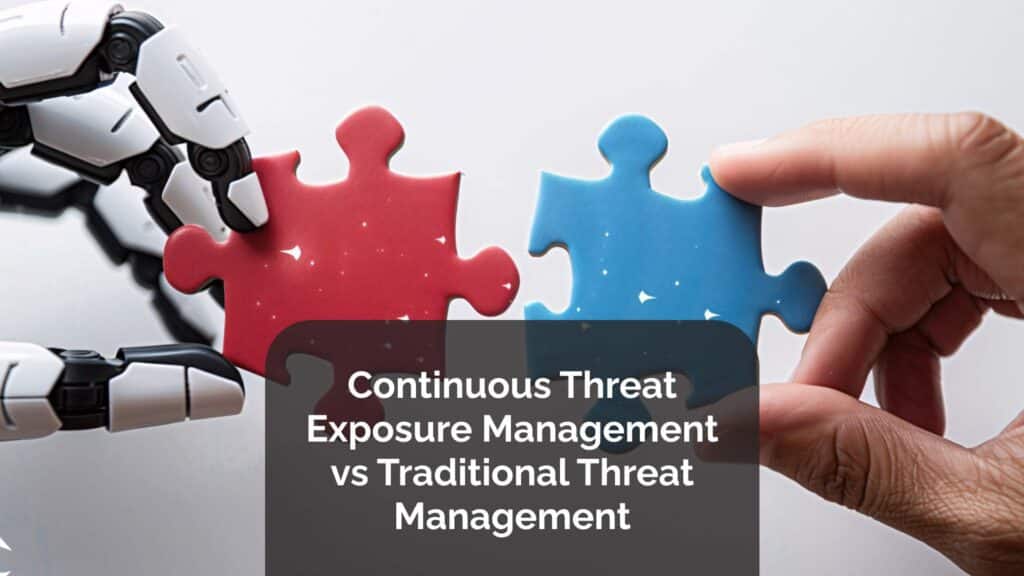
Not sure what sets continuous threat exposure management apart from traditional threat management? Explore key differences to boost security and reduce cyber risks.
FortifyData’s CAASM Capabilities: Full Asset and Exposure Awareness
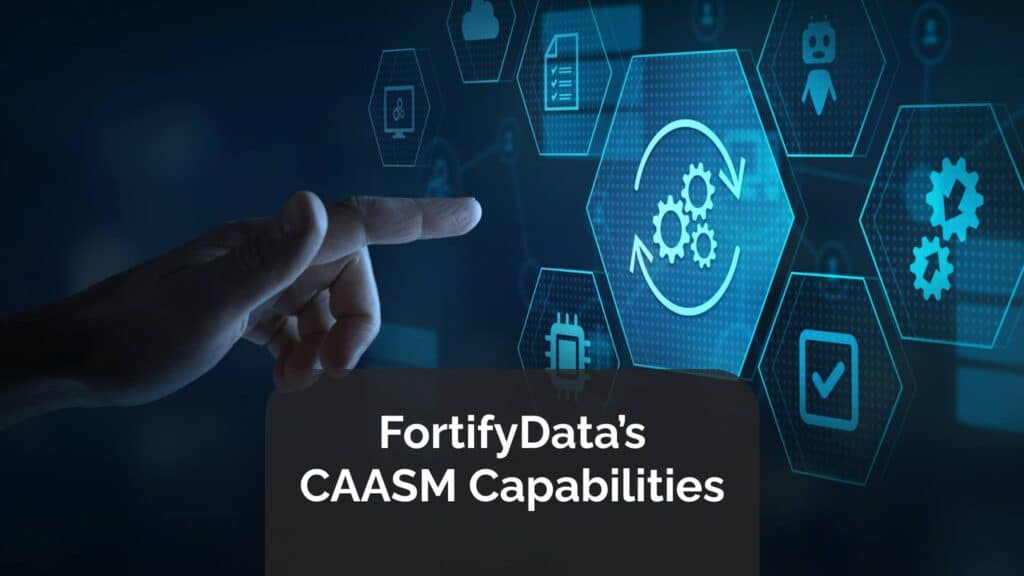
Want complete visibility of your organization’s assets? Discover how FortifyData’s CAASM capabilities help you find assets, assess every risk, and close every gap.
Building a Scalable Attack Surface Management Strategy in 2025
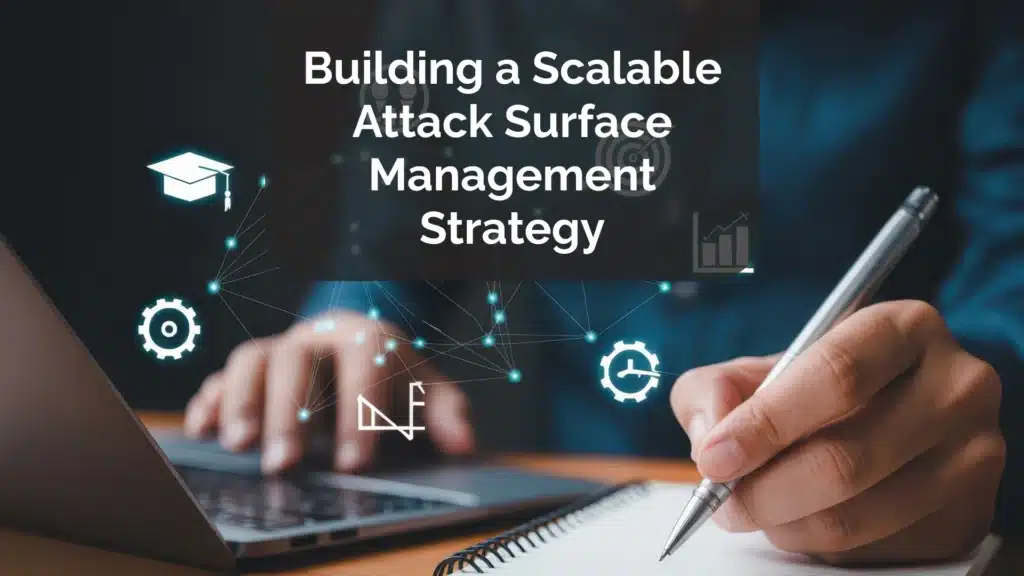
Outpace evolving threats—learn how to scale your Attack Surface Management strategy and safeguard digital assets.
10 Critical Attack Surface Management (ASM) Blind Spots Undermining Your Security Posture
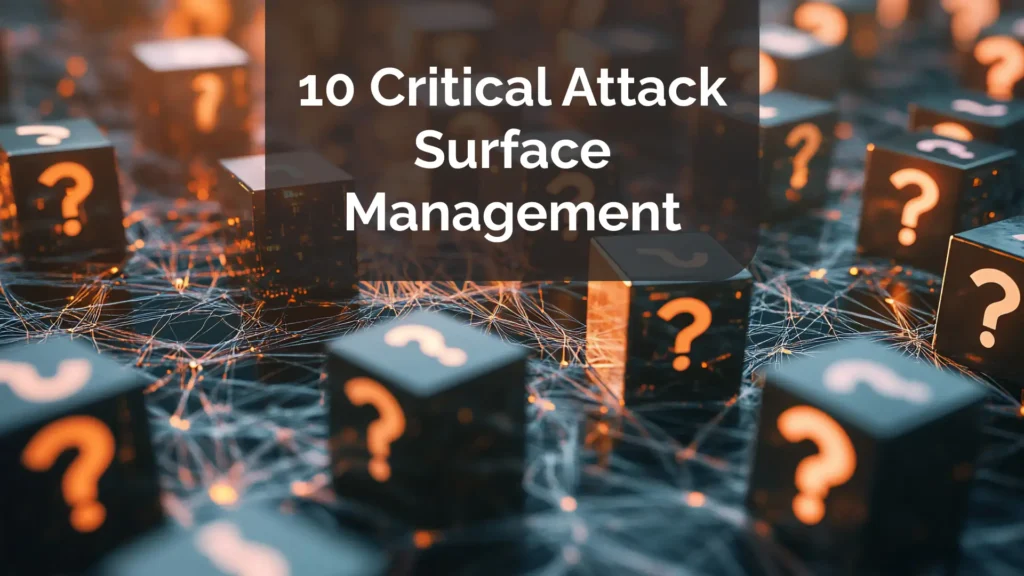
Discover 10 overlooked Attack Surface Management blind spots that could be weakening your security posture. Learn how to address them before attackers strike.
The Future of GRC: Trends to Watch in 2025 and Beyond

Trends in Cyber GRC in 2025 & beyond? Unified Platform, Shift-left DevOps monitoring, Continuous Controls Monitoring & more inform a dynamic Cyber GRC.
How Automated Compliance Reduces Risk and Saves Money

Discover how automated compliance reduces business risks, cuts costs, and simplifies audits. Learn why automation is the more innovative way to stay ahead of evolving regulations.
Third-Party Risk Management in GLBA Compliance

Learn how integrating third-party risk management into your GLBA compliance framework can safeguard institutional data and reduce exposure to cyber threats.
Continuous Threat Exposure Management – The 6 Aspects You’ll Need to Address

Discover how to implement a Continuous Threat Exposure Management (CTEM) Program, the aspects you’ll need to address.
In third-party cyber risk management – ratings don’t work and questionnaires don’t work.
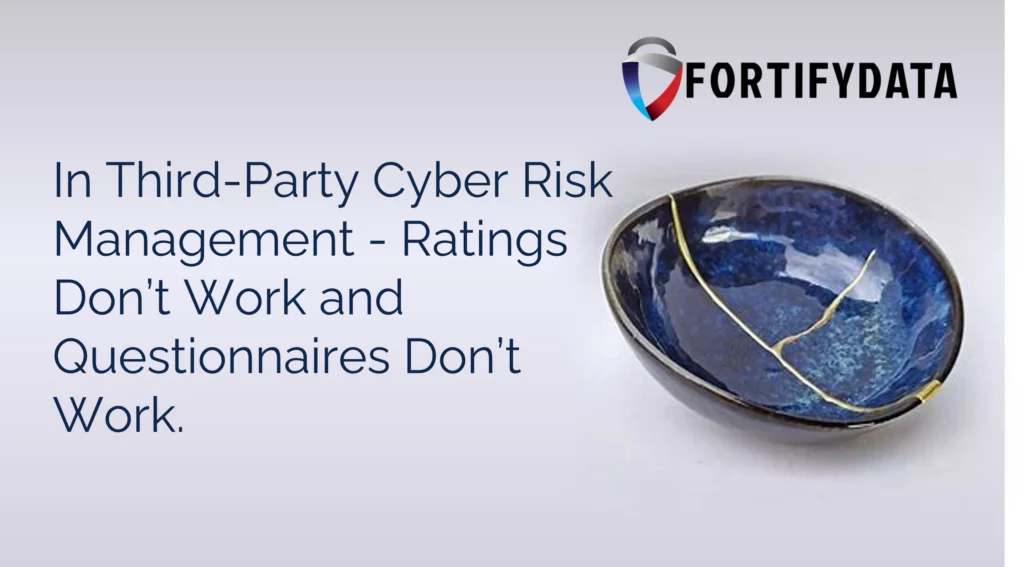
Move to threat exposure management with auto-validated questionnaires.
4 Reasons risk-based prioritization better aligns with business objectives than CVSS prioritization
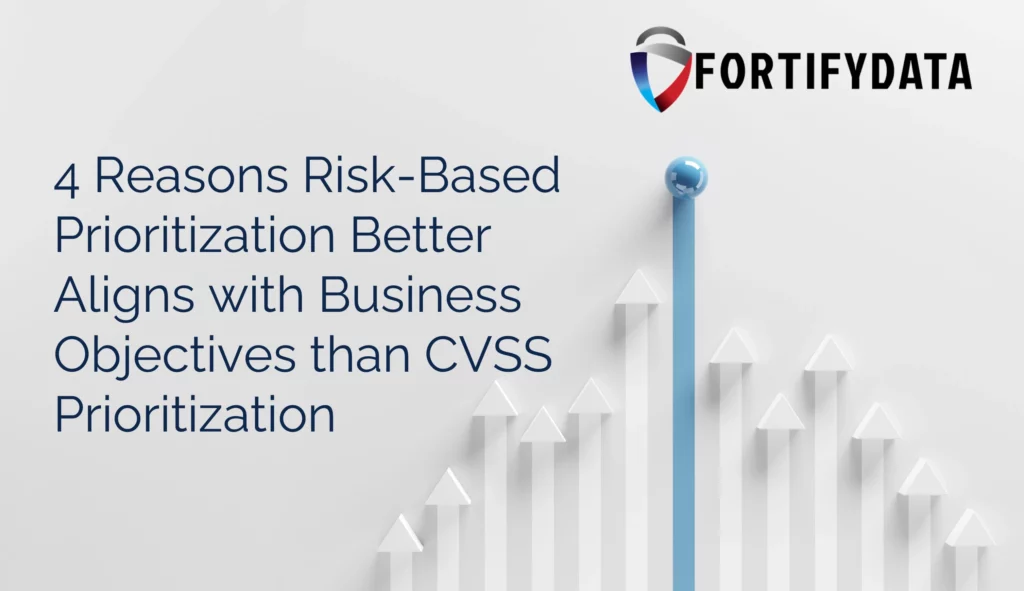
Organizations have been using CVSS scores to prioritize vulnerabilities, but risk-based prioritization considers the specific context of a business.
